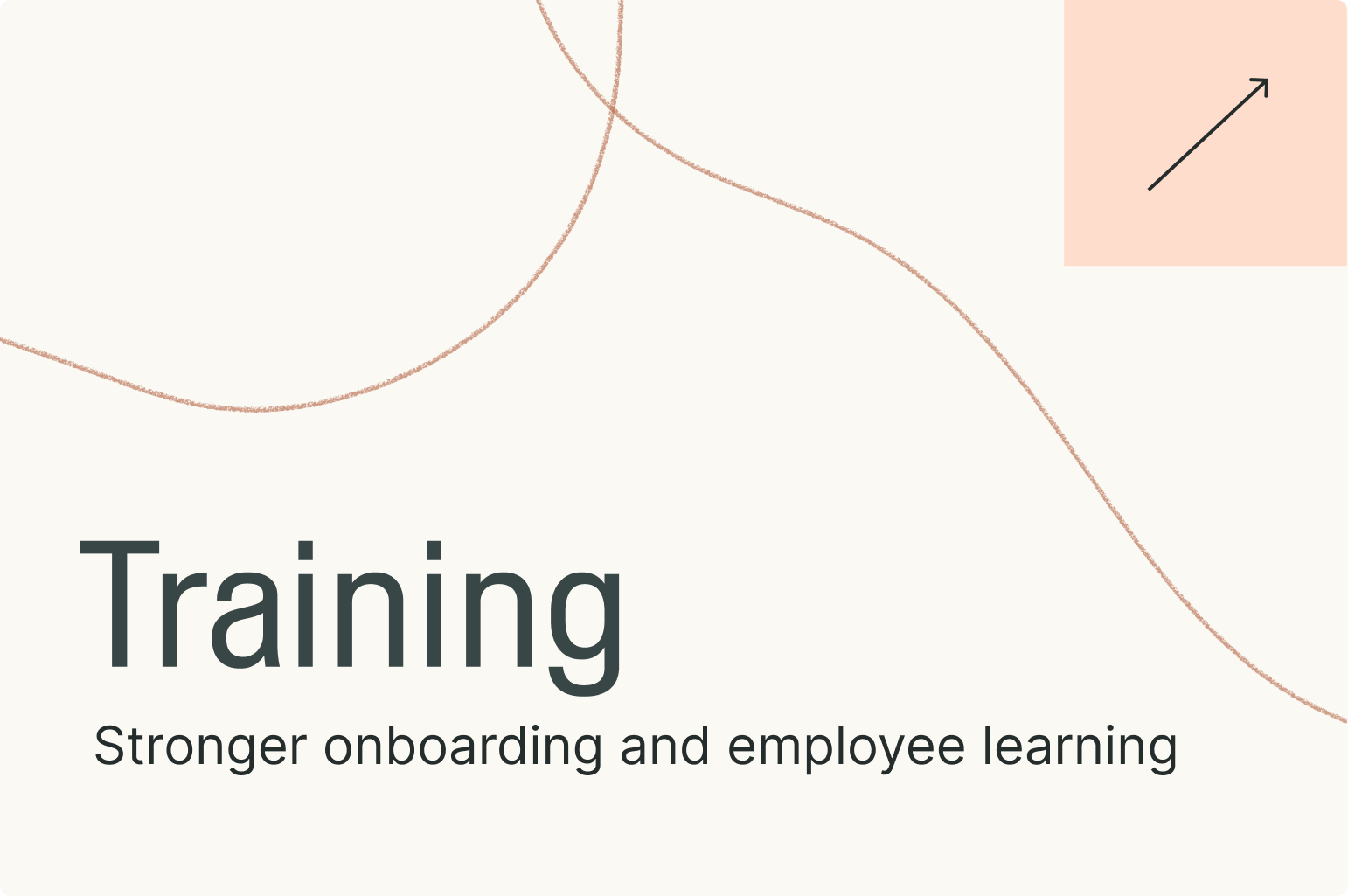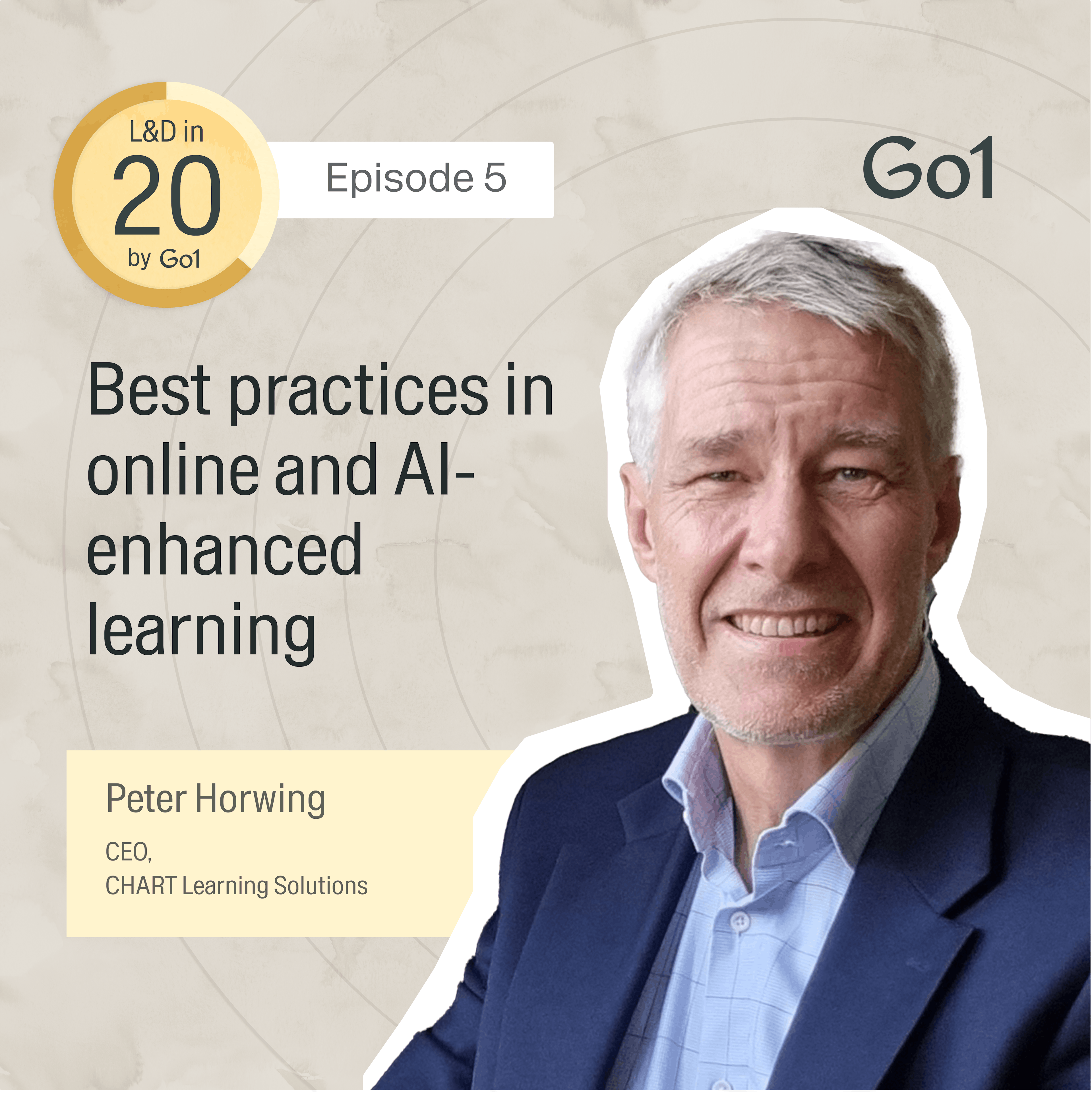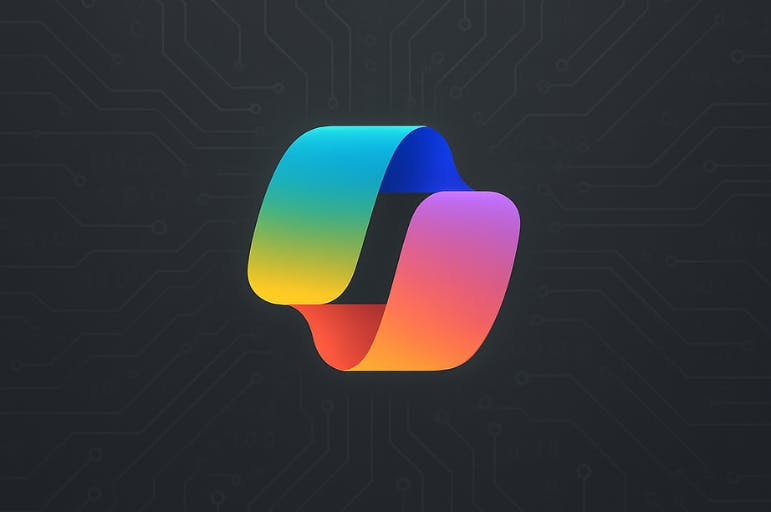Why learning fails without action—and how to fix it

Watching videos or reading materials isn’t enough to foster lasting knowledge. The real value of online training lies in applying what you learn and turning insights into action. This hands-on approach, known as application-based learning, is key to building real-world skills that stick.
Traditional learning methods often focus on absorbing information, but true understanding happens when you put that knowledge to use. In episode five of L&D in 20, Peter Horwing, CEO of CHART Learning Solutions, identifies a key flaw in many online courses: Information enters a learner’s mind but exits just as quickly.
How can you fight this? Peter argues, “The true magic happens when these skills are applied right away in real-world scenarios, whether personal or professional.” When employees actively engage in their learning—whether through workplace projects, role-playing, or problem-solving exercises—they gain confidence and reinforce their skills in meaningful ways that last.
Information enters a learner’s mind but exits just as quickly
A people manager's role in learning
Managers play a crucial part in making learning impactful. When they actively support and participate in training initiatives, employees feel a greater sense of accountability. By setting clear goals and connecting training to real business challenges, managers also ensure employees can immediately put their skills to work.
To help employees apply their learnings, managers should set up learning communities where employees discuss and reflect on their experiences. Regular check-ins with a coach, peer reviews, or self-assessments are a great place to start. These spaces encourage knowledge-sharing and valuable reflection moments that improve retention and real-world application.
AI as a learning support tool
AI can improve learning by providing real-time feedback and personalized recommendations. However, it should complement—not replace—human judgment. As Horwing advises, “AI should be a tool that helps, but ultimately, you make the final call.” AI personalizes the learning experience, offering tailored suggestions and resources that align with individual learning preferences and needs when prompted and trained to do so. For example, an AI system can track an employee's progress, identify areas where they struggle, and recommend specific exercises or reading materials to help them improve. This approach not only makes learning more efficient but also more engaging, as employees receive content that's directly relevant to their day-to-day work.
AI should be a tool that helps, but ultimately, you make the final call.

Peter Horwing, CEO of CHART Learning Solutions
If you don’t have the tools, budget, or staff to create AI tools like this, turn to your learning providers for solutions. At this point, many (if not all) will have an AI solution that can help you personalize learning programs for your team. Here at Go1, we introduced Go1 AI to help our customers personalize content faster.
Measuring success of learning initiatives
To see if your learning initiatives are truly effective, the metrics need to tie back to business goals. Advanced analytics can track metrics such as completion rates, engagement levels, and behavioral changes. Regular follow-ups and discussions within learning communities can also provide valuable insights into the training's effectiveness and identify areas for improvement. For a quick way to measure success, focus groups can hep you get honest feedback, fast. Quick pulse surveys, casual check-ins, and open discussions can reveal what’s working—and what’s not. Then, you can use this data to improve your programs in real time to create training that sticks and makes a real difference.
Explore the Go1 course library to find the right training for your team
Five best practices for effective online learning
To get the most out of online learning, organizations should focus on these steps:
- Identify the skills that align with your business goals and show employees how these directly translate to career growth, promotions, or role expansions.
- Offer real-world scenarios, workplace projects, or simulations to help employees apply skills straight away and reinforce learning.
- Set up group-based training and peer-to-peer coaching. This creates accountability and enhances the learning experience.
- Create an internal chat, maybe on Slack or Teams, where employees can discuss and share their learning experiences to build confidence.
- Incorporate challenges, leaderboards, and small rewards to keep employees motivated. A little friendly competition or achievement tracking can drive higher participation and completion rates.
By prioritizing application-based learning, fostering collaboration, and thoughtfully using AI, organizations can create a workforce that’s capable, confident, and ready to make an impact.
For more on the topic of making the most out of online learning to help your employees grow their skills, check out Episode 5 of L&D in 20: Best practices in online and AI-enhanced learning with Peter Horwing.
Don't miss this episode!

Related Articles

Psychologist-Backed PepTalks to Strengthen Your People, Boost Wellbeing, and Build Resilience

How to Use Keynote-Style Talks to In Your L&D Program

10 Courses to Help You Master Microsoft Copilot

11 Inspirational Speakers to Supercharge Your Leadership & Team Programs

Train smarter, spend less
Train smarter,spend less
Connect with a Go1 expert to explore the best training options for your organization—no pressure, just solutions that work.